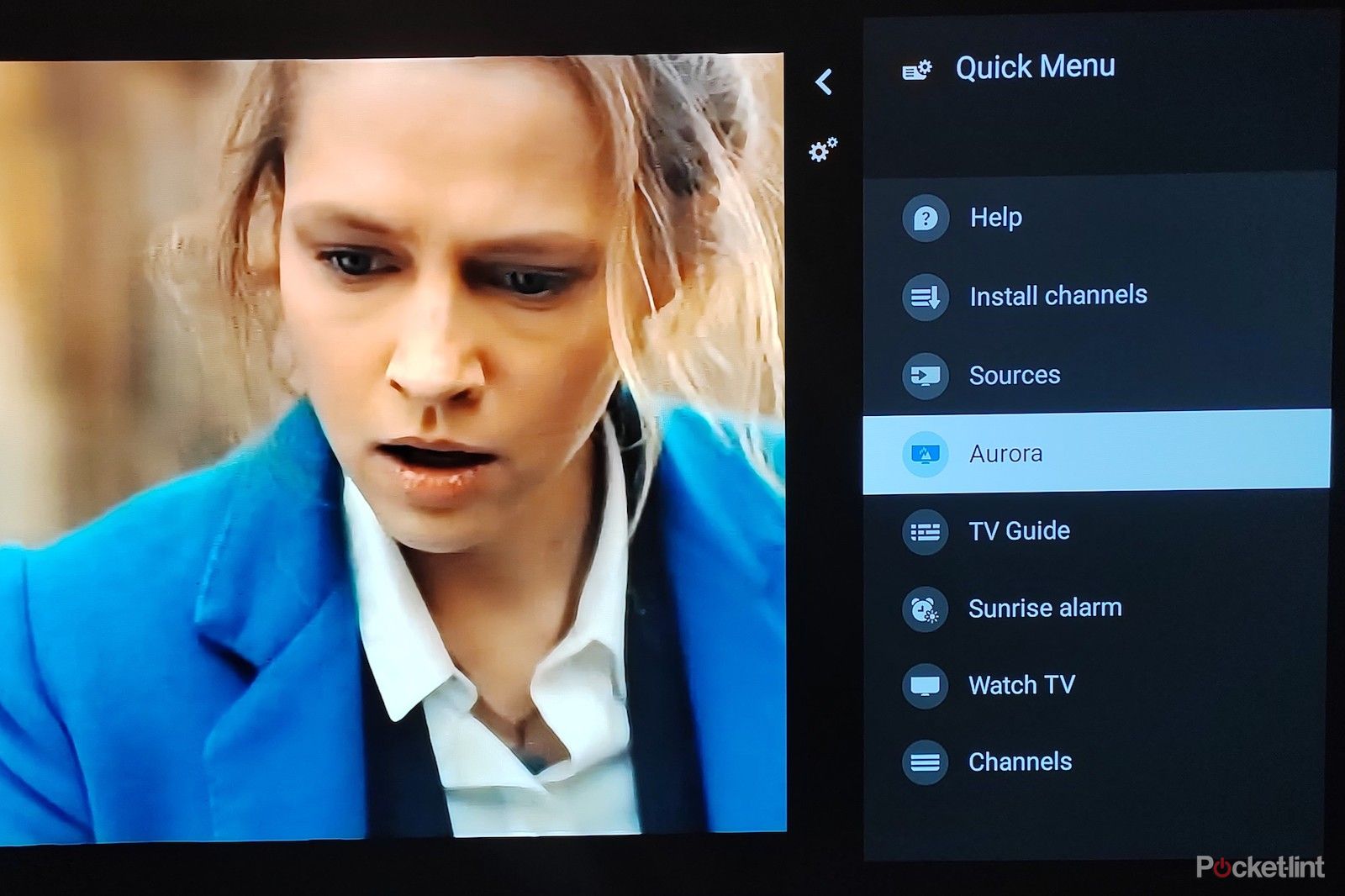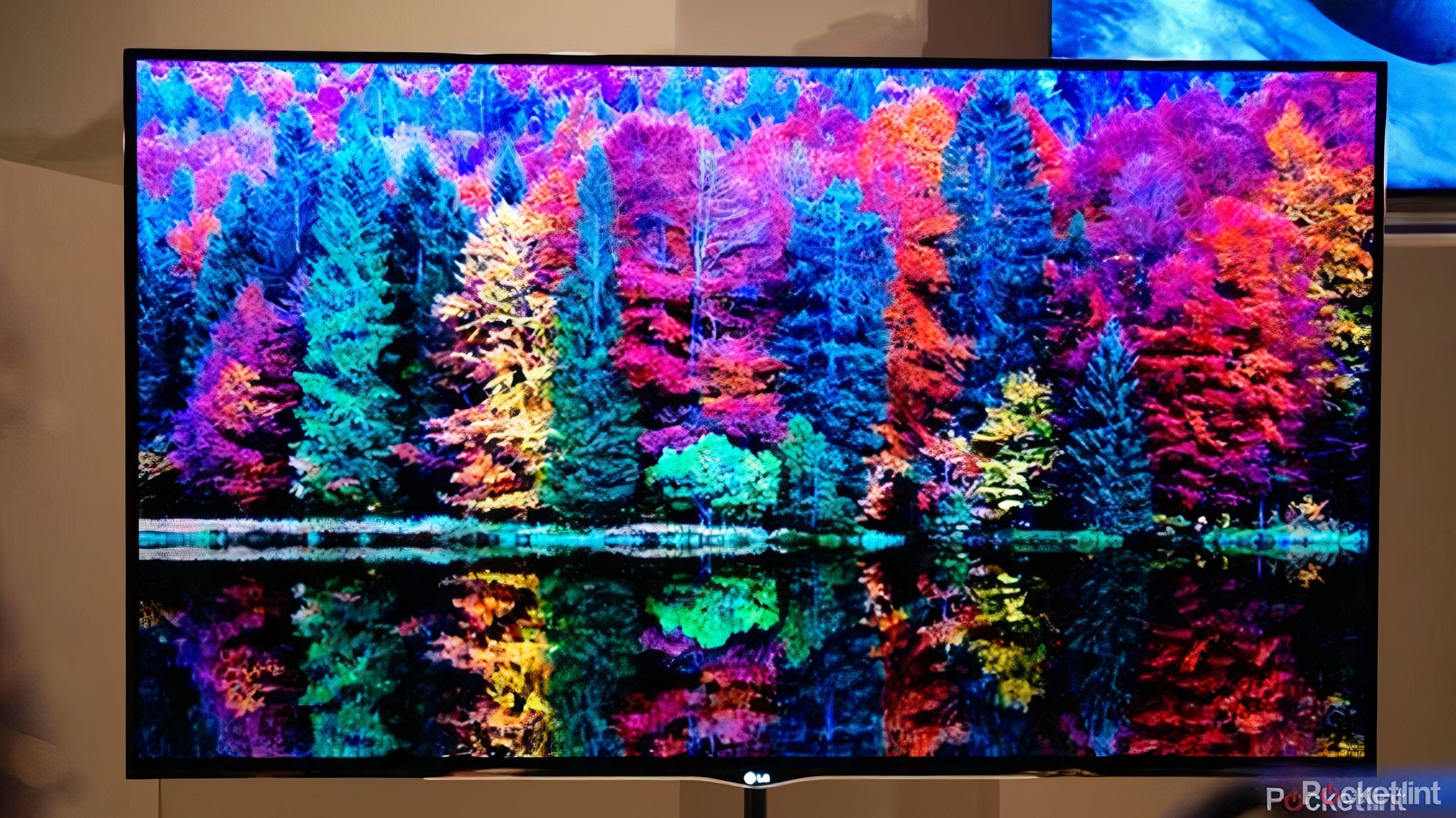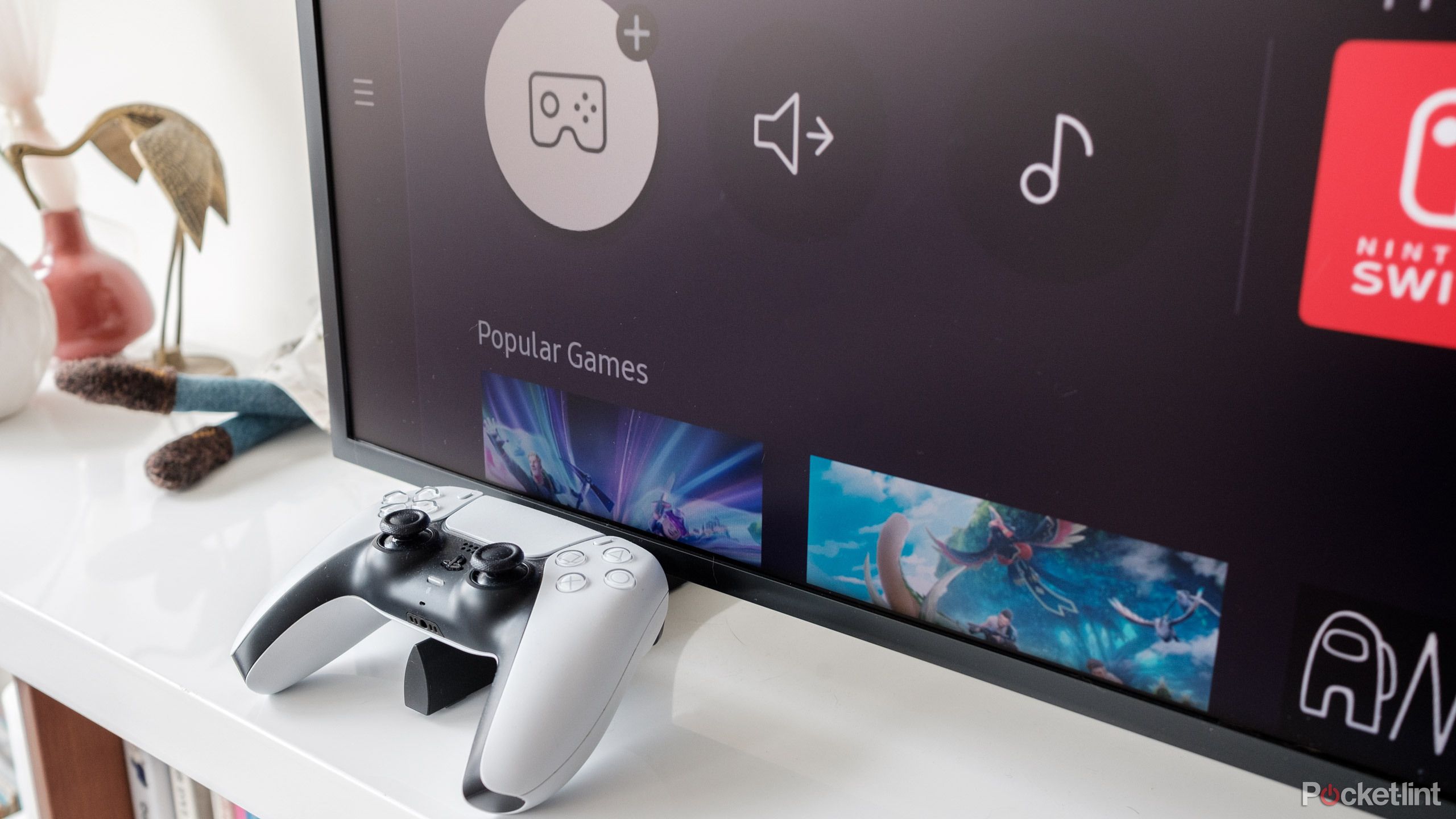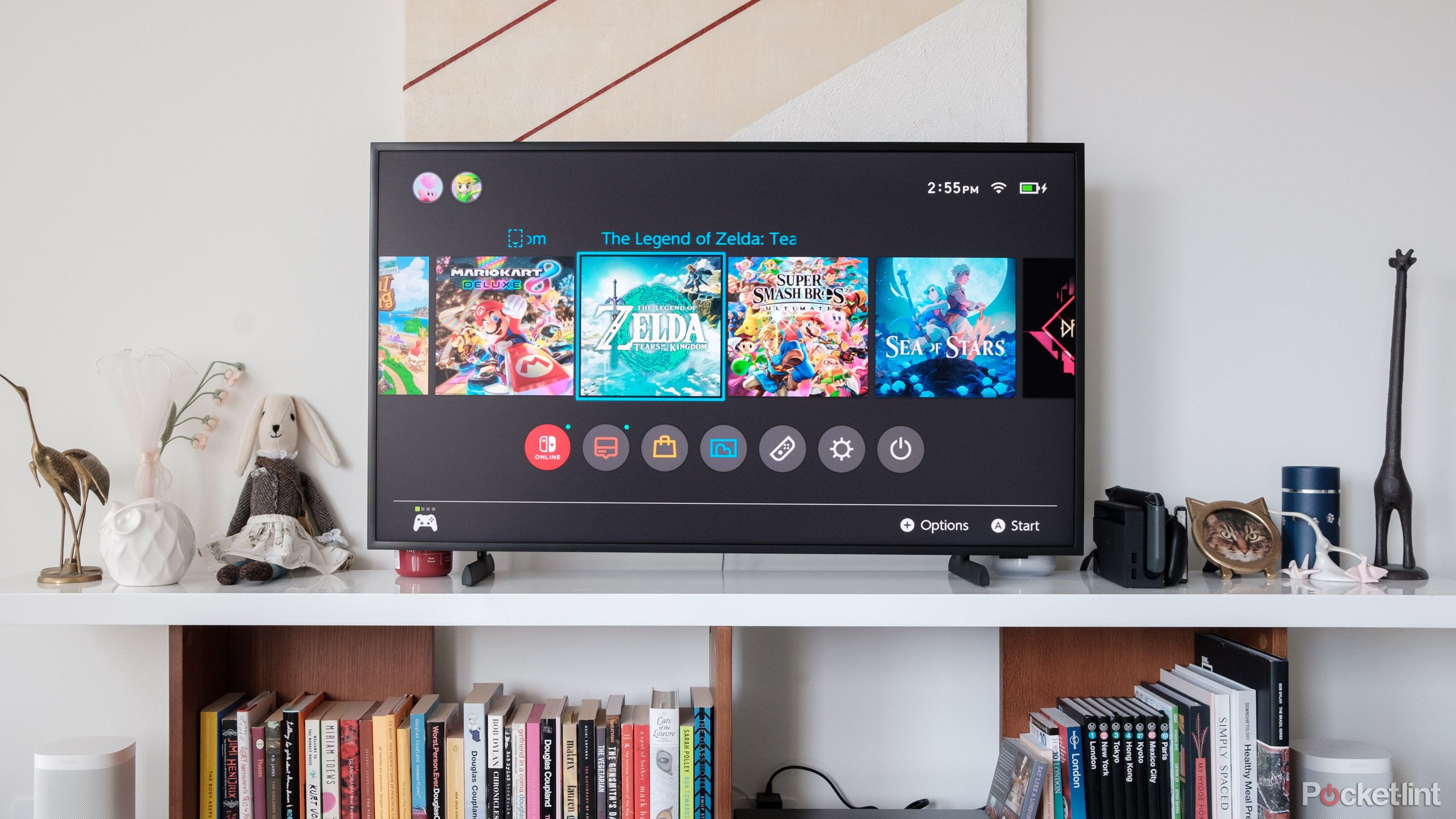Key Takeaways
- OLED TVs achieve true blacks without a backlight, making visuals clearer.
- OLED screens are ideal for streaming cinematic content, showcasing details filmmakers intend.
- OLED TVs are top choices for gamers, offering low response time and optimal settings.
There’s a reason why OLED TVs are so expensive: their ability to achieve deep blacks on screen and faithfully recreate content on screens are almost unparalleled. Organic LED TV screens feature individual pixels that can turn on and off. Because they are self-emitting, or emissive, there is no need for a backlight in the unit. And because they can also turn off individually, the TV can actually achieve true back. That means no more shadowing or halos or distortion or an overall lack of clarity when watching dark movie scenes, playing creepy video games, or watching just about any TV show involving dragons (although House of Dragon season 2 is supposedly slightly brighter).
Related
5 reasons why I always choose OLED TVs over QLED TVs
In the battle of screen technologies, OLED is much better suited for my viewing experience.
This technology isn’t cheap, but there are plenty of reasons why the investment is worth it, including the fact that OLED TVs have been around for many years now, and they still haven’t quite been surpassed when it comes to contrast (prohibitively expensive microLED TVs may get there eventually). Here’s why I’m considering buying an OLED TV, and why you should too.
1 Cinematic content
Best for cinephiles and movie buffs
Original shows and movies on popular streaming services as well as those coming from premium channels like HBO almost require an OLED TV to properly enjoy. That’s because much of the content is made with cinematic techniques, including often shooting in low lighting. Content on basic cable, like sitcoms, reality shows, and procedural dramas, are designed to be consumed by the masses. They don’t typically employ any clever lighting or visual techniques; they are meant to be viewed by as many people as possible on as many TVs and devices as possible. They are simply, well, simple.
OLED screens are better able to reproduce content faithfully, just as the filmmakers intend.
Original content from Netflix, Amazon Prime, Disney+, HBO, and other high-end platforms and services spend a lot of money on creating dynamic content, and especially when it comes to dramas, that content can contain visual elements that aren’t ideal for every TV. OLED screens are better able to reproduce content faithfully, just as the filmmakers intend. Achieving stark contrast and authentic black levels are one way OLED TVs can do this better than others.
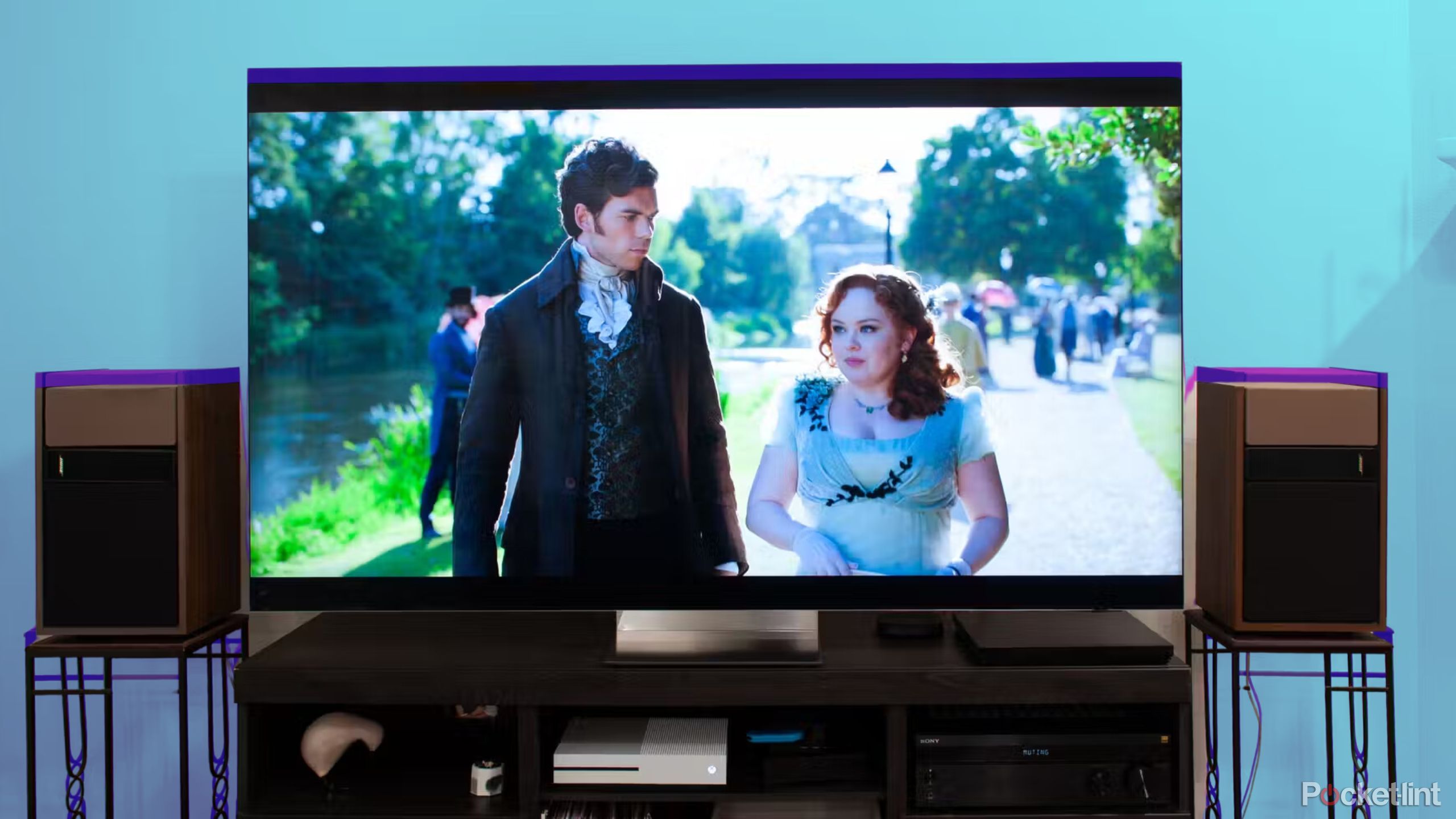
Related
I changed these 4 settings on my TV for instantly clearer dialogue
Crispy, audible dialogue is often a casualty of modern TV default settings. Here’s what to change so you can hear clearly.
2 Brightness is improving
And contrast is still key
The core difference between OLED TVs and QLED TVs is that the former is better at achieving contrast while sacrificing a bit of peak brightness, while quantum-dot screens are better at brightness in lieu of contrast.
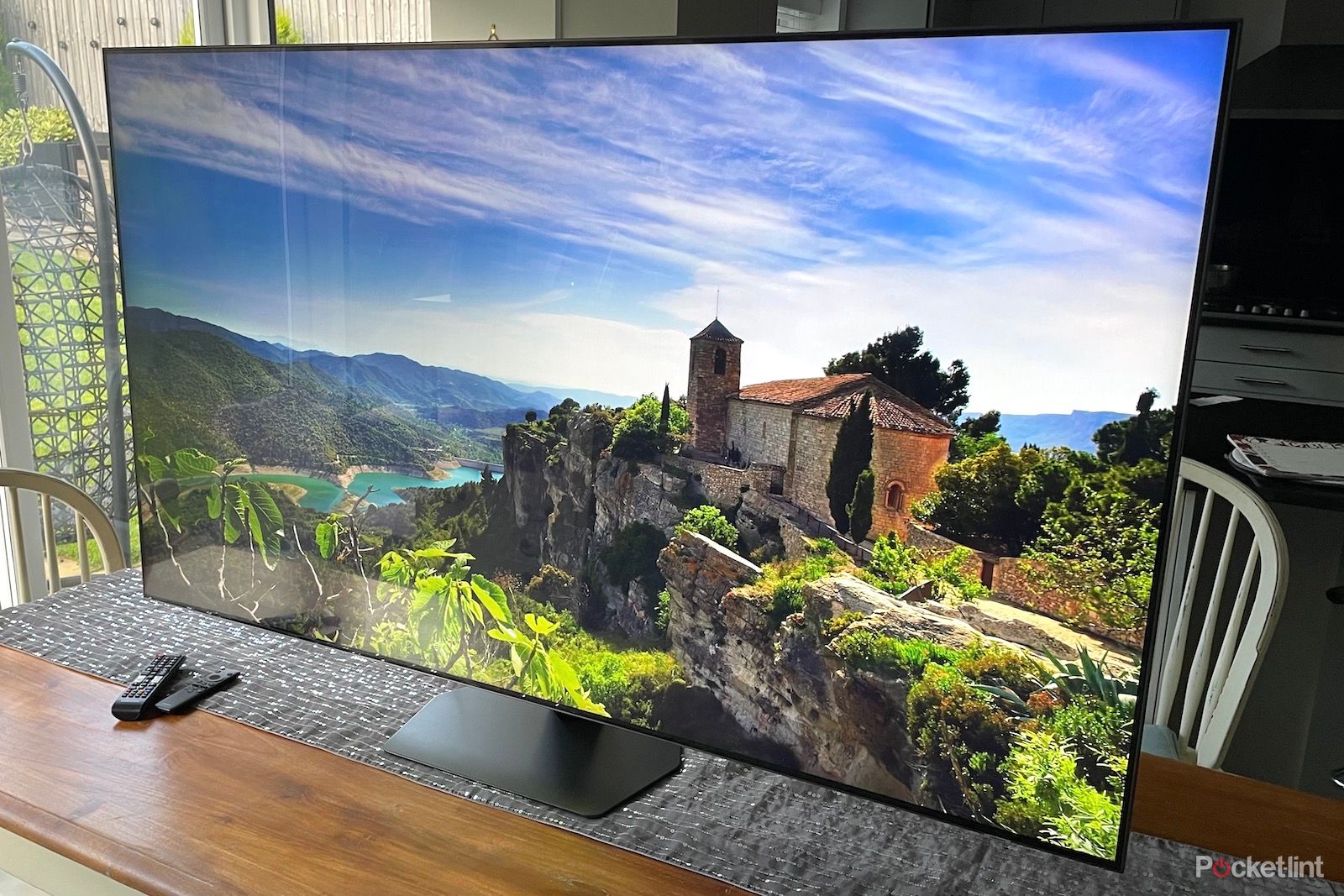
Related
Samsung QN90C review: Bright and beautiful
Is this Samsung’s value choice for near-flagship Mini LED brilliance at a much cheaper price?
Of course, manufacturers of both kinds of TVs know this, and have worked hard to introduce innovations and technologies to improve the perceived deficiencies. And while both types of screens have seen improvements, particularly those made by Sony, Samsung, and LG, it still stands true that the best OLED TVs are better at alleviating their concerns than the best QLED TVs are at theirs. Simply put, the top OLED TVs offer impressive brightness, and when viewed under the right circumstances, any deficiencies will be negligible if at all noticeable.
3 Ideal for gaming
Top specs for high-end gaming
OLED TVs have impressive refresh rates, reduced input lag, and better overall settings that serve serious and casual gamers alike, particularly those playing in vast, online worlds. That’s why OLED screens are popular not just for console gaming where you connect a TV, but also in gaming monitors for PC players.
An OLED TV offers miniscule response time, as low as 1ms, which means action takes place on screen as quickly as you can respond.
There are plenty of games where an OLED screen will be the better choice. The ability to refresh the screen quickly is a boon for gamers. Paired with a quality HDMI cable and fast internet, an OLED TV offers miniscule response time, as low as 1ms, which means action takes place on screen as quickly as you can respond.
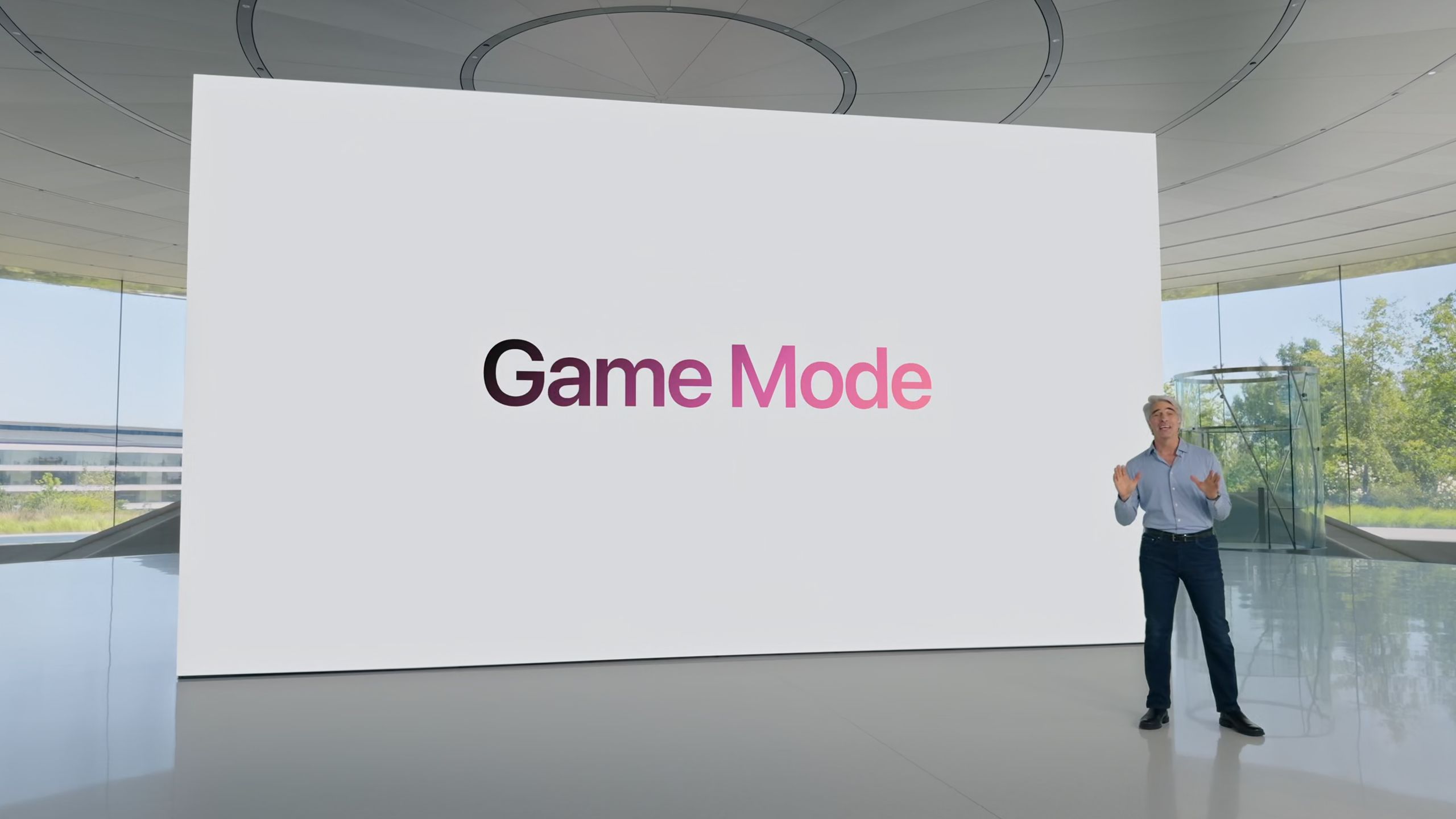
Related
Here’s how Game Mode on iOS could level up iPhone gaming
Apple claims the dedicated mode will allow users to harness the full potential of their devices
4 Slim design
OLED TVs look stylish
TVs are increasingly made with aesthetics in mind, with manufacturers transforming these pieces of electronics into home decor and artistic opportunities. While both OLED and QLED TVs are made slim and made to appear flush against a wall when mounted, OLED TVs will tend to be the slimmer of the two. This is in part due to the lack of a backlight, which inevitably adds a bit of thickness, however modest. Similarly, without a backlight, OLED TVs tend to be lighter compared to similarly sized QLED models. It makes mounting the unit just a bit easier if you’re going to try to do it yourself.
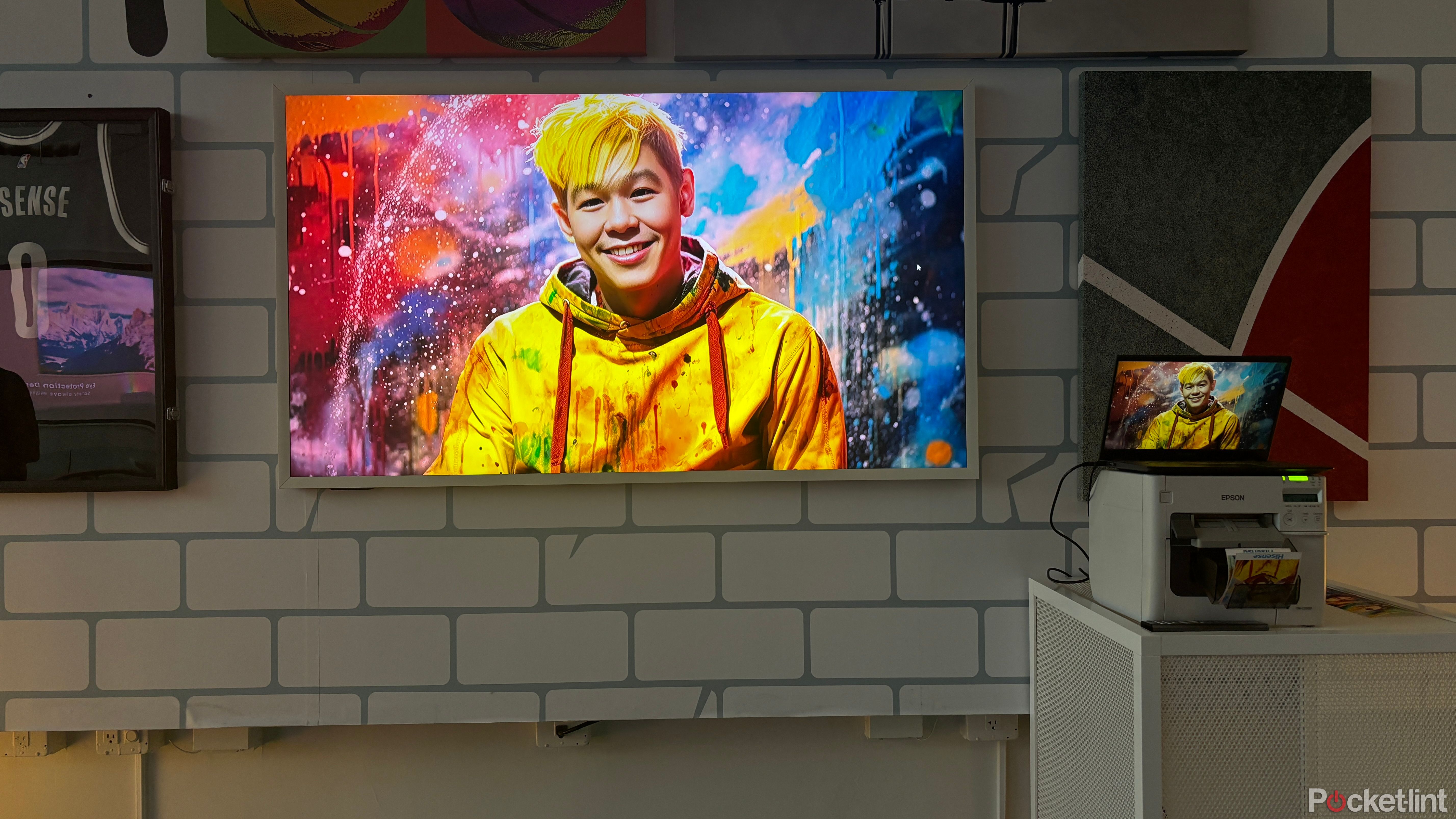
Related
Hisense debuts a more budget-friendly Samsung Frame alternative
The CanvasTV will allow you to display art on your TV for a much better price.
Whereas once Samsung was leading the way with lifestyle TVs, other companies have taken note and followed suit. LG, for example, features an OLED TV that resembles a fancy easel. The Posé incorporates a unique stand designed for open-concept spaces, a welcome sight from all sides.
Trending Products

Cooler Master MasterBox Q300L Micro-ATX Tower with Magnetic Design Dust Filter, Transparent Acrylic Side Panel…

ASUS TUF Gaming GT301 ZAKU II Edition ATX mid-Tower Compact case with Tempered Glass Side Panel, Honeycomb Front Panel…

ASUS TUF Gaming GT501 Mid-Tower Computer Case for up to EATX Motherboards with USB 3.0 Front Panel Cases GT501/GRY/WITH…

be quiet! Pure Base 500DX Black, Mid Tower ATX case, ARGB, 3 pre-installed Pure Wings 2, BGW37, tempered glass window

ASUS ROG Strix Helios GX601 White Edition RGB Mid-Tower Computer Case for ATX/EATX Motherboards with tempered glass…


